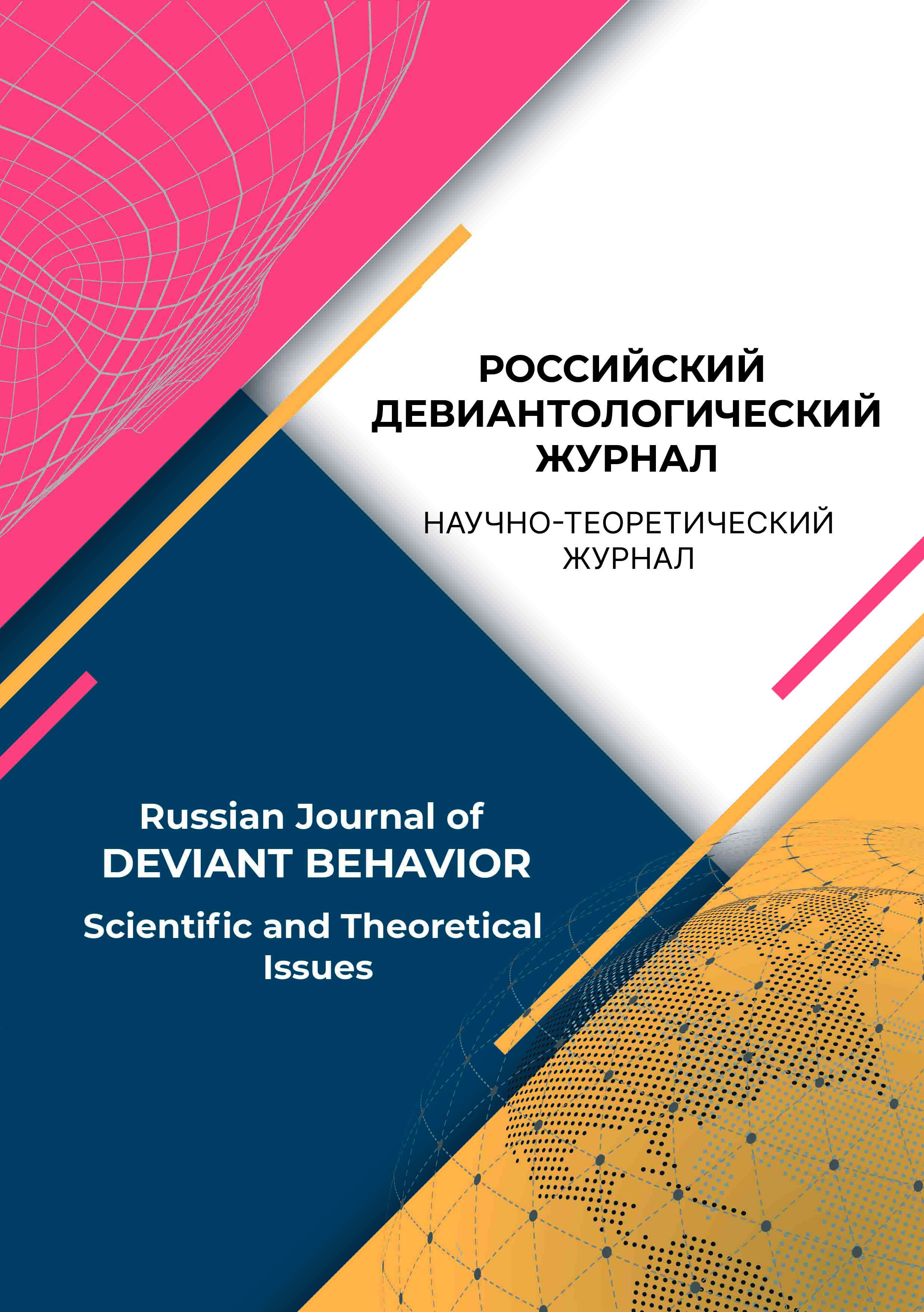St. Petersburg, St. Petersburg, Russian Federation
UDC 159.9
The article deals with the issues of employee’s non-normativity, its assessment and classification, including personnel risks as indicators of his/her psychological reliability. Non-normativity represents disregard for respect of accepted social norms and rules of behavior, including those in professional activity; absence of internal prohibitions on violation of norms of behavior and activity. The author demonstrates that non-normativity of an employee is a personnel risk, which can be increased by the intellectual abilities of an employee and / or peculiarities of behavior regulation. Types of non-normative employee are described: 1) non-normative, creative-emotional, 2) non-normative, creatively rational, 3) non-normative, reproductively rational, 4) non-normative, reproductive-emotional, 5) non-normative, mixed. The results of staff (personal-professional) diagnostics using the author’s questionnaire «Normativity. Intellect. Regulation» are presented. The results revealed the possibility of applying this questionnaire to assess the types and qualitative characteristics of employee’s non-normativity and the personnel risks that are relevant to it. Prospective directions of the research of the stated problem, in particular - determination and description of the preferable development of career, solved professional tasks, as well as career growth and professional-psychological type in employees of different types of social non-normativity are determined.
norm, non-normality, psychological reliability, personnel risks, psychodiagnostics, intellectual abilities, regulation of behavior
1. Anan’ev, B. G. (2010). Chelovek kak predmet poznaniya. 3-e izd. Saint Petersburg: Izdatel’stvo «Piter». EDN QXABYZ.
2. Baturin, N. A., Vuchetich, E. V., Kostromina S. N. i dr. (2015). Rossijskij standart testirovaniya personala (vremennaya versiya, sozdannaya dlya shirokogo obsuzhdeniya v 2015 godu). Organizacionnaya psihologiya, 5 (2), 67-138.
3. Duhnovskij, S. V. (2018). Psihologicheskaya nadezhnost’ i kadrovaya bezopasnost’ (na primere gosudarstvennoj grazhdanskoj i municipal’noj sluzhby): monografiya. Kurgan: Kurganskij gosudarstvennyj universitet. EDN YSVKQX.
4. Karavaev, A. F., Kruk, V. M., Noss, I. N., Vinogradov, M. V. (2015). Problema lichnostno-professional’noj diagnostiki v professional’nom otbore kandidatov na sluzhbu v organy vnutrennih del i ocenki nadezhnosti sotrudnikov. Psihopedagogika v pravoohranitel’nyh organah, 3 (62), 106-113.
5. Lichko, A. E. (2009). Psihopatii i akcentuacii haraktera u podrostkov. Saint Petersburg: Izdatel’stvo «Rech’».
6. Lotman, Yu. M. (2004). Semiosfera. Saint Petersburg: Iskusstvo-SPB.
7. Ovcharova, R. V. (2000). Tekhnologii raboty prakticheskogo psihologa obrazovaniya. Moskow: «Sfera».
8. Petrovskij, V. A. (1992). Psihologiya neadaptivnoj aktivnosti. Moskow: TOO «Gorbunok».
9. Fer, R. M., Bakarak, V. R. (2010). Psihometrika. Vvedenie: monografiya. Chelyabinsk: Izdatel’skij centr YUUrGU.














